The year of 2021 is the first year of the 14th Five Year Plan, and also the key year to achieve the goal of “carbon emission peak, carbon neutrality”. With the development of cost reduction potential of photovoltaic power plants, and under the background of China’s goal of carbon neutrality in 2060, more and more enterprises begin to increase investment in photovoltaic, and the development space of renewable energy represented by photovoltaic is worth looking forward to.
In recent years, the new energy industry in Hubei Province, central China, has developed rapidly, and has become an important photovoltaic base in Central China. On June 24, the first Central China Photovoltaic Forum was held in Wuhan, Hubei Province under the guidance of China Energy Research Society, Central China Energy Regulatory Bureau, Central China Branch of State Grid, Hubei Federation of Industry and Commerce, and China Photovoltaic Industry Association. More than 300 photovoltaic practitioners gathered together to discuss such hot topics as the implementation path of “carbon neutrality”, the renewable energy planning of the 14th Five Year Plan, and the adaptation of photovoltaic and power system.
The participants made speeches respectively.
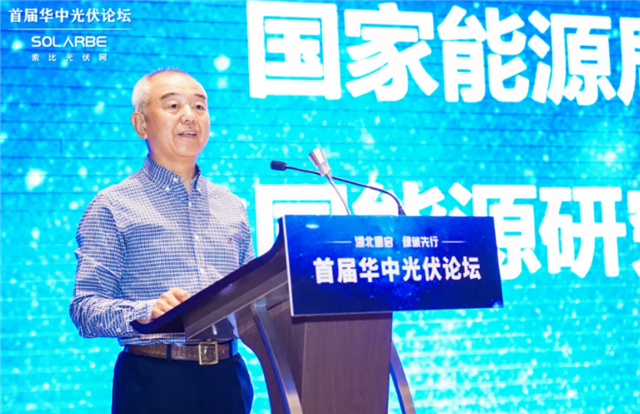
Wang Yumin, former deputy director of the National Energy Administration and vice chairman of China Energy Research Society
At present, there are several major thinking changes in the energy industry, and a consensus has been basically reached. Firstly, new energy and renewable energy will replace the status of fossil energy. Secondly, the task faced by power grid enterprises will be more arduous, and they need to adapt unconditionally to the development of new energy and renewable energy. All sectors of the society can’t wait to call for new technologies of new energy industry, such as new technologies for sustainable development of renewable energy, power grid technologies for sustainable development of renewable energy Energy storage technology, new materials, intelligent technology and so on.
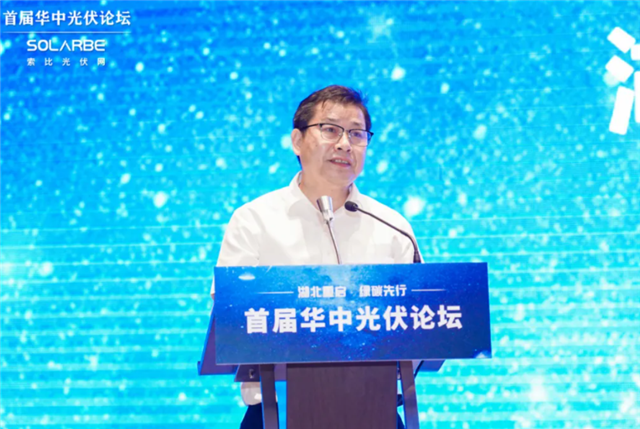
Peng Bin, vice chairman of Hubei Federation of Industry and Commerce
In 2011, Hubei became the one of the first batch of pilot areas of carbon emission trading in China, redefining the status of Hubei in the national carbon emission trading system. It is an important task for Hubei to make effective use of business associations and other organizations, use social forces to reach consensus and coordinate actions, meet the zero carbon test, build a benchmark of carbon reduction industry, and make use of Hubei’s first mover advantages to build Hubei into a green asset digital center with carbon finance characteristics, and seize the dividend period of development.
The Provincial Federation of Industry and Commerce solemnly promises that it will give full play to the strength of industry organizations, improve its own construction, and help the majority of enterprises to develop and win together in the general trend of green carbon economy development through practical actions such as cultivation and guidance, exchange and cooperation, and mutual assistance and empowerment.
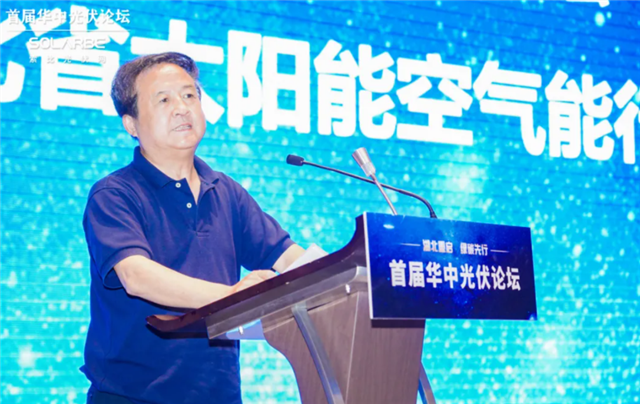
Zhou Yanqiang, President of Hubei Solar and Air Energy Industry Association
In recent years, Hubei solar energy industry has made some achievements in the application and development of poverty alleviation power stations, centralized power stations and distributed power stations, especially photovoltaic poverty alleviation, which has been recognized and commended by relevant national departments. At present, the market development in Hubei is unbalanced and nonstandard. From the regional point of view, Xiangyang, Suizhou, Xianning, Huangshi and Huanggang are better developed, and other regions need to make efforts.
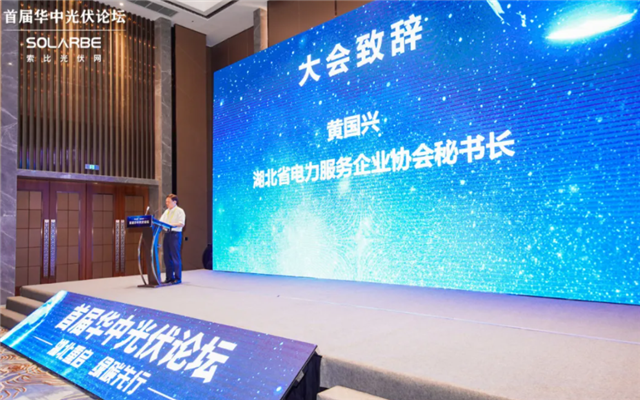
Huang Guoxing, Secretary General of Hubei Electric Power Service Enterprise Association
Hubei Electric Power Enterprise Service Association is the largest electric power industry association in Hubei Province. Under the guidance of Central China Energy Regulatory Bureau, we have made positive contributions to Hubei electric power engineering and electric power industry for many years.
The association will play a role of bridge and link, vigorously publicize and implement the guidelines and policies for the development of new energy, actively promote and establish a new energy special committee, carry out consultation services on policies such as certificate application and post certificate supervision of new energy enterprises, and guide the standardized development of industries and enterprises. We sincerely invite the enterprises present to join the service platform of Hubei Electric Power Association to meet the opportunities and challenges of dual carbon goals.
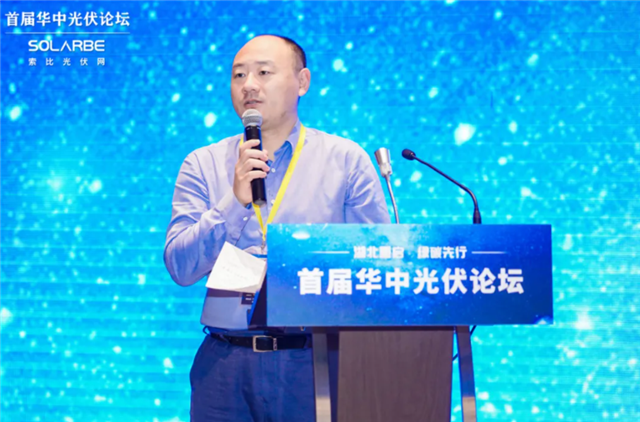
Cao Yu, Editor in Chief of Solarbe
Reaching carbon emission peak and realizing carbon neutrality is the second major opportunity in the history of photovoltaic. Just as Germany promulgated the Renewable Energy Law in 2004, it will affect the global energy development. In the past six months, especially in the last three months, the discussion on carbon neutrality has become more and more heated. This is a very macro topic. With the continuous improvement of cognition, the impact brought by carbon neutrality is also increasing.
From the perspective of the industry, in order to achieve carbon neutrality, the average annual newly installed capacity of the country should exceed 200 GW, and the world needs 800 -1,000 GW, which is a huge adjustment for the industrial chain. Under the general trend of carbon neutrality, many giants outside the industry will cross the border. We hope that photovoltaic enterprises can go out and form new giants. We also hope that through this meeting, we can promote industrial integration, create new samples and new ideas, and promote the realization of zero carbon goal in Hubei and the whole central China as soon as possible.
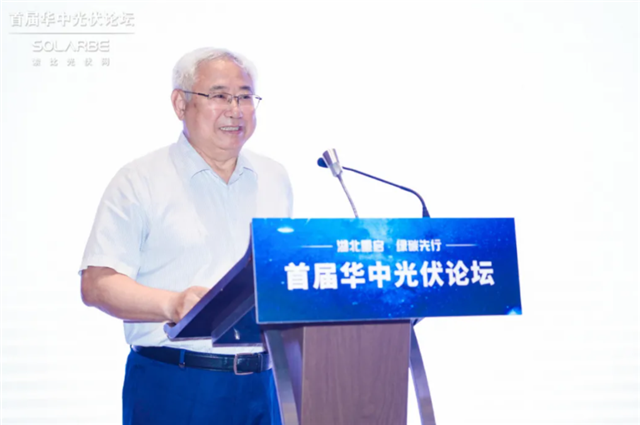
Han Shui, former chief engineer of National Energy Administration and chairman of China Energy Research Society
The electric power industry is the main battlefield to achieve the dual carbon goals. In 2020, China’s electric power installed capacity was 2.2 billion kilowatts, with a year-on-year growth of 9.4%, mainly due to the rapid growth of new energy installed capacity. Power generation was 7.62 trillion kwh, up 4% year on year. It has over fulfilled the development goals set in the 13th Five Year Development Plan of the Power Industry. For the renewable energy industry, the utilization rate needs to be further improved. In the future, in the power system with a high proportion of new energy, the utilization rate should be controlled within a reasonable range, otherwise new energy will not play its due role.

Jiang Hua, director and researcher of Industry Development Department of China Photovoltaic Industry Association
According to the global renewable energy agency’s forecast of renewable energy development, it is estimated that the proportion of renewable energy power generation will increase to 90% in 2050, and the installed photovoltaic capacity will exceed 14,000 GW. The world’s newly installed capacity was 130 GW in 2020, and it is expected to reach 150-170 GW in 2021. During the 14th Five Year Plan period, the annual newly installed capacity in the world is between 210-260 GW, 70-90 GW will be installed in China.
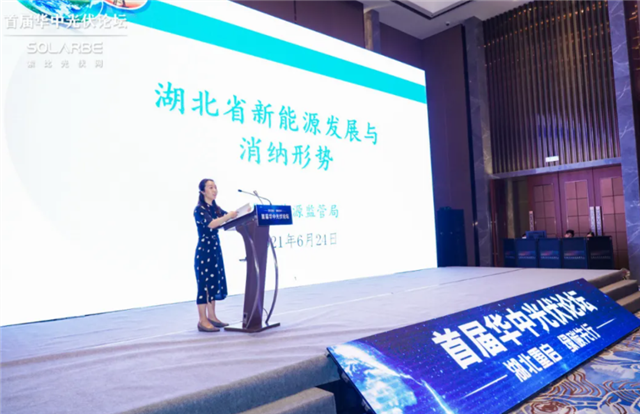
Chen Qiongqiong, deputy director of Industry Supervision Department of Central China Energy Regulatory Bureau
In 2021, Hubei Province plans to put new energy into production no less than 3.5 million kilowatts. By the end of the year, the installed capacity of new energy will reach about 15.5 million kilowatts, accounting for nearly 20%. It is estimated that the installed capacity of new energy will reach more than 30 million kilowatts in 2025; By 2030, the installed capacity of new energy will reach more than 48 million kilowatts, accounting for nearly 30%.
At present, the new energy consumption in Hubei Province is facing the following problems: the contradiction of new energy generation regulation is obviously intensified. The time constraints of photovoltaic power generation and the anti peak regulation characteristics of wind power generation lead to the difficulty of peak regulation. With the continuous rapid development of new energy in the province, the peak regulation pressure of power grid will be further increased; the centralized use of clean energy leads to the gradual emergence of transmission channel pressure. As the development of new energy is too concentrated, the congestion of the main network channel appears in the period of new energy development; some new energy performance can not meet the requirements of Power System Stability Guidelines. New energy stations generally do not have the function of primary frequency regulation, so it is increasingly difficult to control the frequency of power grid, and the operation and management level of new energy stations needs to be improved.
In order to promote the development and consumption of new energy, we need to play a leading role in planning, promote the coordinated development of grid source, load and storage, compact the responsibility of renewable energy power consumption in provincial administrative regions, and accelerate the construction of a new power system with new energy as the main body. At the same time, improve the market transaction and transmission and distribution price mechanism, and give policy support in land use, finance, taxation and other aspects.
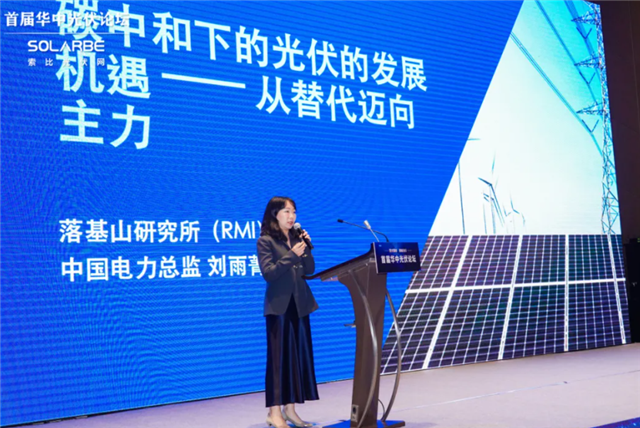
Liu Yujing, director of China Power Group, Rocky Mountain Research Institute
It is a very important step for demand side decarbonization to greatly improve the level of electrification and reduce the power emission intensity. How to move from grid parity to a new type of power system based on new energy sources? It is divided into three stages. In the first stage, onshore wind power and large-scale photovoltaic become the cheapest new power sources in most areas; second, the new renewable power will soon beat the marginal cost of thermal power units, which will take about three to five years; third, the system accommodation capacity is the ceiling of the development of wind power and photovoltaic. At present, the cost of wind power and photovoltaic has been the lowest, and the power system accommodation capacity is the focus we should pay attention to.
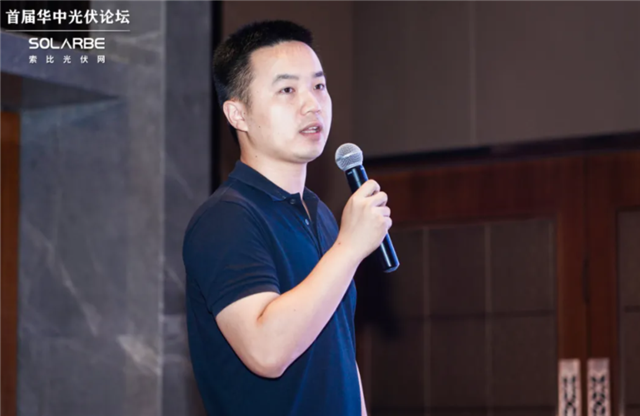
Chen Yuan, deputy manager of carbon trading business department of Hubei Carbon Emission Trading Center
As for the construction and operation of Hubei carbon market, first of all, we have formulated the scientific quota allocation method, and made the set off rules with Hubei characteristics and adopted efficient and convenient trading methods. There are two main trading methods: one is negotiation; the other is pricing transfer. A standardized verification system has been established. After the implementation of the verification, there will be a fourth party spot check. After the verification report is determined, there will be a summary review every year to optimize some problems in this year’s verification.
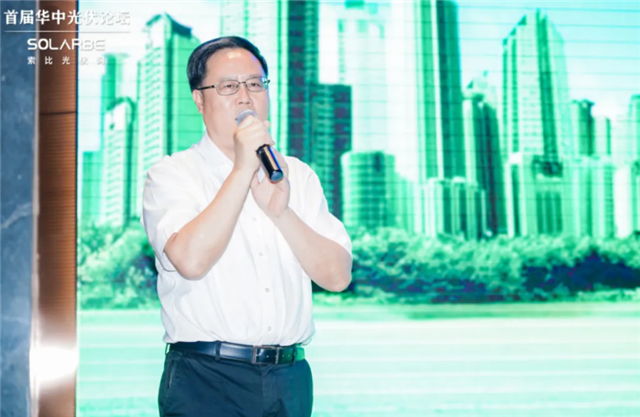
Bai Shunmin, deputy chief economist of Central China Branch of State Grid and director of Hubei Electric Power Trading Center
In order to achieve carbon emission peak and carbon neutrality, we should change the mode and focus on electricity on the power side. On the supply side, we should control the production of fossil energy, vigorously develop the production of non fossil energy capacity and clean transformation of energy supply. Traditional thermal power will be used as regulatory resources. The power grid is to connect the generation side and the user side, so that the electricity can be transmitted to thousands of households, and the whole economy can be reversed through the transaction of electricity. Its core is to build a new power system with new energy as the main body.
In order to build a new power system with new energy as the main body under the dual carbon target, five problems should be solved. The spatial and temporal distribution characteristics of new energy, which requires a wider range of market consumption; the randomness of new energy power generation requires more reliable power supply guarantee mechanism; to ensure the full consumption of new energy, it is necessary to fully stimulate the potential of flexible regulation on both sides of development and consumption; new energy should be allowed to participate in the electricity market, which requires more elaborate trading mechanism design; give full play to the value role of energy Internet, and increase the innovation of market mechanism.
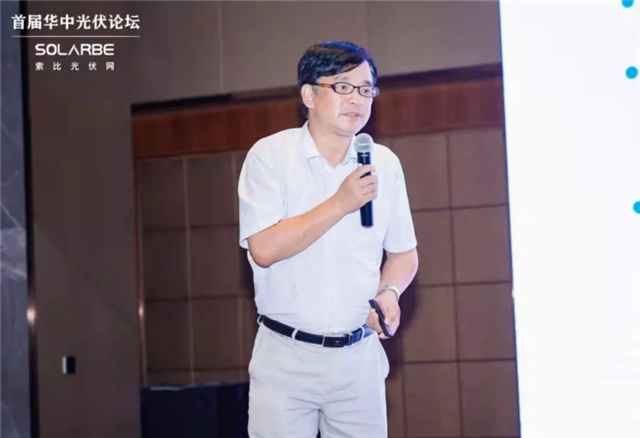
Lin Xueyong, Secretary General of Hubei Solar and Air Energy Industry Association
Hubei photovoltaic market has ushered in a historic development opportunity. After the pandemic, Hubei’s economic reconstruction and the central government’s efforts to support Hubei’s economic development had strongly promote the development of new energy in Hubei Province. According to the implementation plan issued by Hubei Provincial People’s Government, 29 energy upgrading projects are planned to be implemented from 2020 to 2022, with an estimated total investment of RMB 117.6 billion. At the same time, Hubei Province will implement the new energy doubling plan, build a megawatt level new energy base, and add more than 10 million kilowatts of new energy, with photovoltaic as the main installed power. It is estimated that during the 14th Five Year Plan period, the newly installed capacity of photovoltaic projects in Hubei Province will reach 20 GW, including centralized 10 GW and distributed 10 GW.



